
Soil Health & Fertilization
We unite suppliers and green industry professionals worldwide
A Jack-o’-Lantern pumpkin is not merely a decoration of the holiday, but an all-purpose crop that can be used ornamentally and also in cuisine.
By Victor Miller
|Published on September 23, 2025
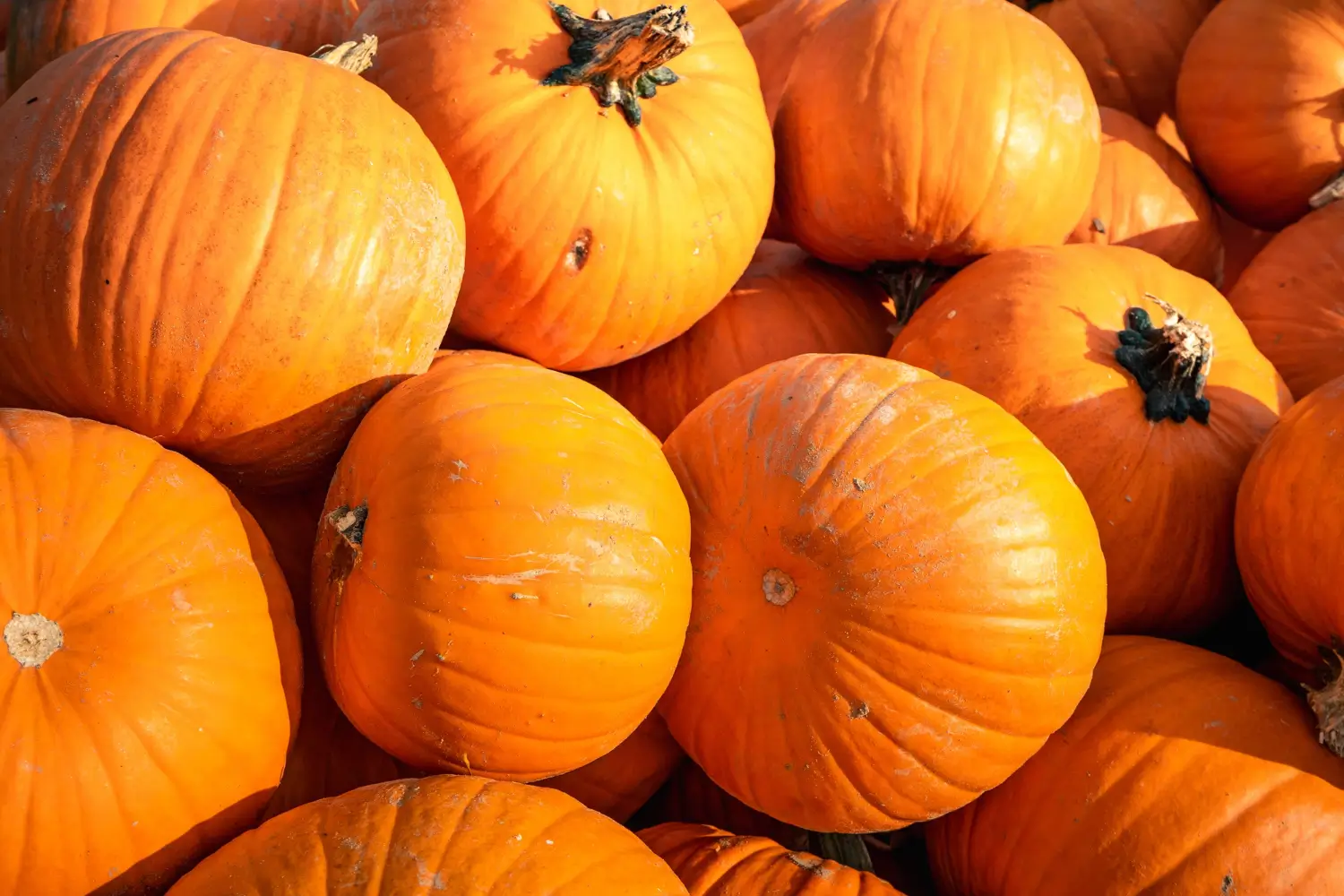

Jack-o-Lantern Pumpkin (Cucurbita pepo) is probably the most famous and loved pumpkin worldwide, especially in the fall season. This type of pumpkin is best known as the one that is carved with Halloween-themed features; however, it is much more than just a decorative pumpkin, as it can also serve multiple household and gardening purposes. Its highly-shelled orange skin, a hard exterior wear, and hollow interior means it can be the ideal summer decoration, and the flesh of the Gordian can be eaten.
Pumpkins are native to North America and were grown as food, decorations, or even as medicine. The Jack-o'-Lantern pumpkin, especially, has been selectively bred to be large with smooth rinds and is easily carved. There is much more than the spooky jack-o-lantern faces and glowing lights, as far as a very cultural, historical, and agricultural significance to this versatile crop.
| Scientific Name | Cucurbita pepo |
| Common Names | ack-o’-Lantern Pumpkin, Carving Pumpkin, Halloween Pumpkin |
| Family | Cucurbitaceae |
| Genus | Cucurbita |
| Species | Cucurbita pepo |
| Cultivars | Howden, Connecticut Field, and Autumn Gold are among the most popular Jack-o’-Lantern types |

September 25, 2025
9 minute read
September 24, 2025
9 minute read
September 23, 2025
10 minute read
September 22, 2025
9 minute read


Join as a seller and connect with thousands of B2B buyers nationwide!
Sign Up
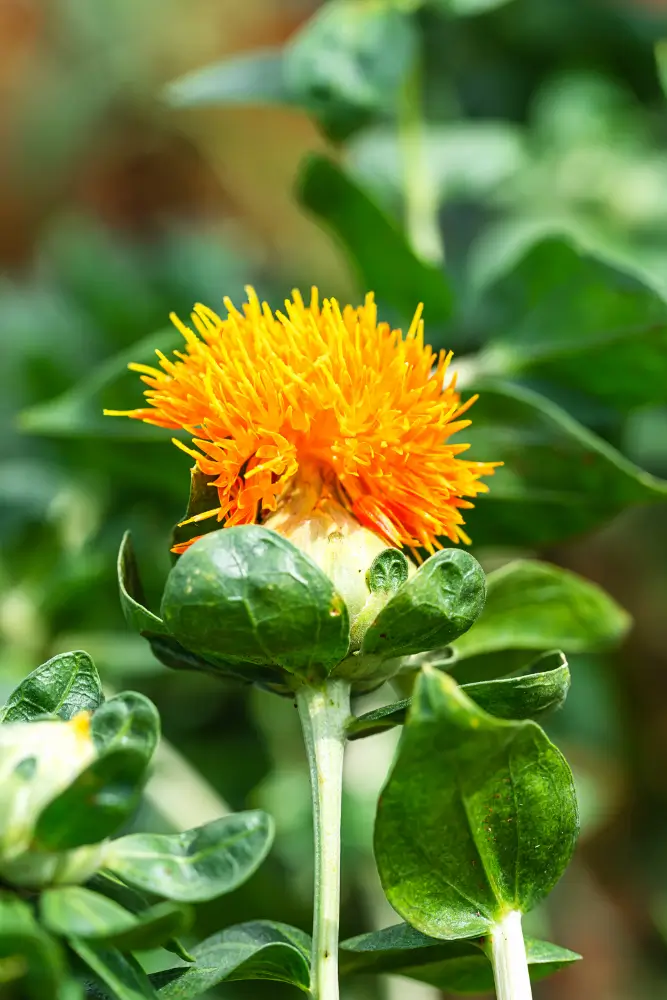
Safflower
Safflower is an annual plant and one of the earliest crops to be domesticated. This plant has been used traditionally as medicine, in the kitchen and dyeing houses. Its versatility makes it a useful plant for garden, farm and commercial production.
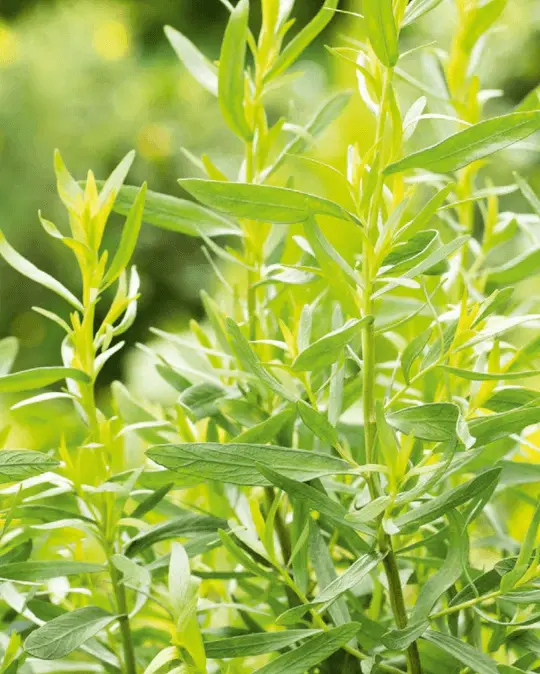
Tarragon Russian
Russian Tarragon is a tough perennial herb. It is rather valued due to its stability and versatility rather than its good taste. It has traditionally been used as a medicinal herb and filler in kitchens, and in contemporary gardens.
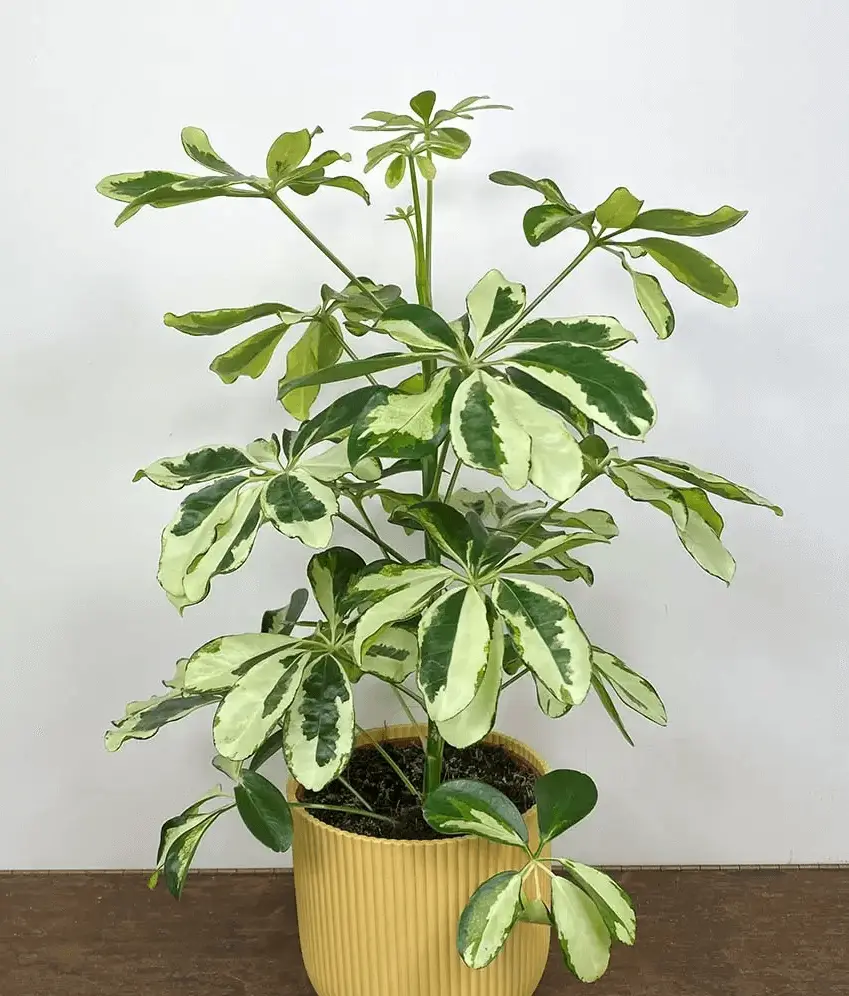
Umbrella Plant
Originally from the tropical forests of Asia, the umbrella plant (Schefflesia arboricola) is a hardy, versatile, and beautiful tropical species of plant that has become a favorite houseplant or garden accent in warmer climates.
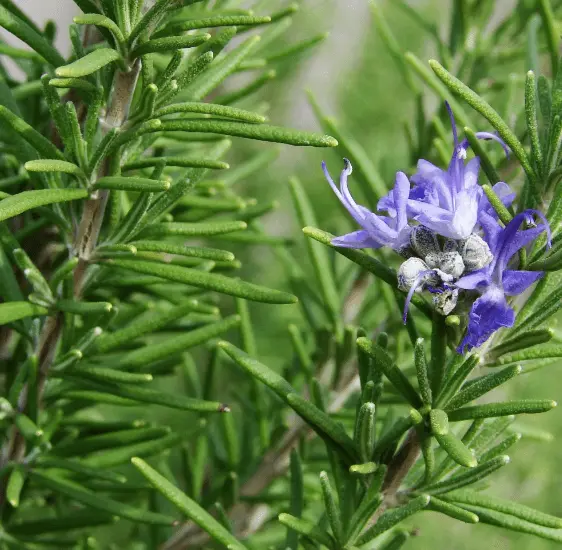
Upright Rosemary
Upright Rosemary (Rosmarinus officinalis) is one of the most popular and useful herbs in the world. This hardy species is appreciated for its aromatic leaves and stately growth, as well as in the kitchen, garden, and for its medicinal properties.
Pumpkins that are carved and put on display have certain physical and botanical characteristics that are specific to Jack-o'-Lanterns.
Other than being Halloween decorations, Jack-o'-Lantern pumpkins have several practical and cultural advantages.
Composting: In case pumpkins could not be eaten, they should be composted so that their leftovers would help enrich the soil of the garden and place nutrients back into the earth.
These pumpkins demand certain conditions to grow and yield big, healthy fruits.
Jack-o-Lantern pumpkin seeds happen to be big, clear, and nutritious altogether.
The pumpkin seeds grow well when subjected to warm and wet conditions.
Healthy sources can have good germination during the years when seeds are preserved well.
Vigor Testing: The vigor of the seed could also be checked through a wet paper towel germination test before sowing larger volumes.
Jack-o-Lantern pumpkin is best planted by direct sowing.
Jack-o-Lantern pumpkins are tough, although prone to certain pests and diseases:
Pumpkins can be stored and used longer through proper harvesting and storage.
Seed Preservation: Dry completely and preserve it in airtight containers in a cool, dark place.
A Jack-o’-Lantern pumpkin is not merely a decoration of the holiday, but an all-purpose crop that can be used ornamentally and also in cuisine. Its fruits are large and of a shiny orange color that makes it a common icon during autumn, particularly during carvings and displays. This variety does not require much to grow and is pollinator-friendly and fairly sturdy, so it earned its place in both home gardens and commercial fields. Properly preserved, Jack-o'-Lantern pumpkins can be as useful as attractive, giving rise to soups and roasted seeds as well as to compost and foodstuffs.
They typically mature in 100–120 days from planting.
Yes, the flesh is edible, though less sweet than pie pumpkins. Seeds are particularly popular when roasted.
Sow seeds outdoors after the last frost when soil temperatures are above 65°F (18°C).

Soil Health & Fertilization
Victor Miller

Pest Identification & Prevention
Victor Miller

Lawn Care Tips & Maintenance
Victor Miller

Soil Health & Fertilization
Victor Miller

Smart Irrigation Systems
Victor Miller

Patios, Walkways & Driveways
Victor Miller

Soil Health & Fertilization
Victor Miller

Pest Identification & Prevention
Victor Miller
My Account
Our team is always here to help.
We are open Monday - Friday, 9:00 AM to 4:30 PM PST.